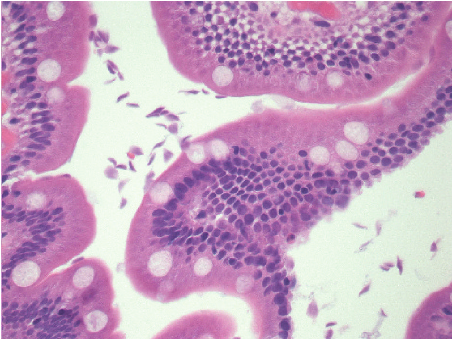Giardiasis, also called Giardia infection or beaver fever, is one of the most common cause of waterborne illnesses. It is an infection that occurs in the small intestine and is caused by microscopic bacteria ‘Giardia lamblia’ (or Giardia intestinalis) found worldwide especially in areas with poor sanitation and unsafe drinking water.
According to Centers for Disease Control and Prevention (CDC), this disease is prevalent around the world but is more common in overcrowded developing countries lacking proper sanitary conditions and water quality control.
The affected individual usually experiences bloating, nausea, abdominal cramps and bouts of watery diarrhea. Here are the causes, risk factors, symptoms, diagnosis, treatment and prevention of giardia infection.
Causes
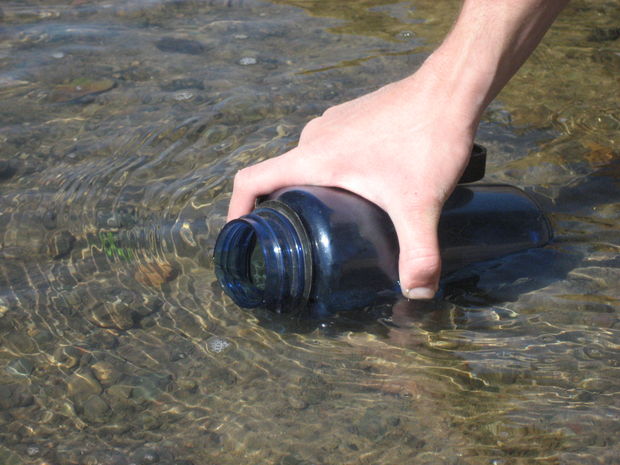
The Giardia parasites are found in the backcountry streams and lakes but also in municipal water supplies, swimming pools, whirlpool spas and wells. These parasites live in intestines of people (and animals). Before they are passed in stool, they become enclosed inside hard shells called cysts, allowing them to survive outside intestines for months. Once inside a host, the cysts dissolve and parasites are released.
The infection takes place when you accidentally take in parasite cysts: drinking polluted water, eating contaminated food and through person-to-person contact.
- Drinking polluted water
One of the most common ways to become infected with giardia is consuming polluted water. The Giardia parasites are found in all types of water sources worldwide. The surface water and groundwater can get contaminated from animal feces, wastewater discharge or agricultural runoff. The children in diapers and people with diarrhea may accidentally pollute pools and spas.
- Eating contaminated food
Giardia parasites can be transmitted through food when the food handlers infected by giardiasis do not wash their hands well or when the raw produce is irrigated or washed using contaminated water. As cooking the food usually kills giardia, the food happens to be a less common source of infection than water is, particularly in industrialized countries.
- Person-to-person contact
Giardiasis can develop if your hands get contaminated with fecal matter. The childcare workers and parents who change a child’s diapers are particularly at a higher risk.
Risk Factors
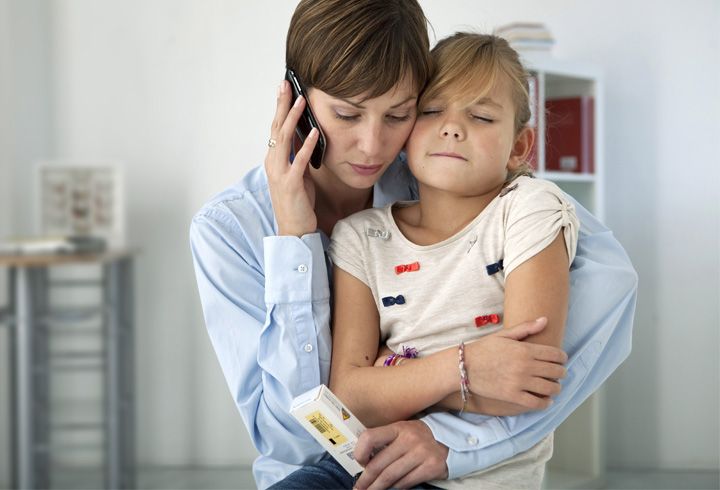
Giardia parasite is a very common intestinal parasite that anyone can get infected by but children and people without access to safe drinking water are especially at a higher risk.
- Children
Giardia infection is very common in children than in adults, especially if they wear diapers, perform toilet training or spend time child care center. The people living or working with small children or infants are also at a higher risk of having infection.
- People without access to safe drinking water
Giardiasis is widespread in the areas where there is improper sanitation or unsafe drinking water. You are at high risk if you travel to a place where giardiasis is endemic such as rural or wilderness areas.
Signs & Symptoms
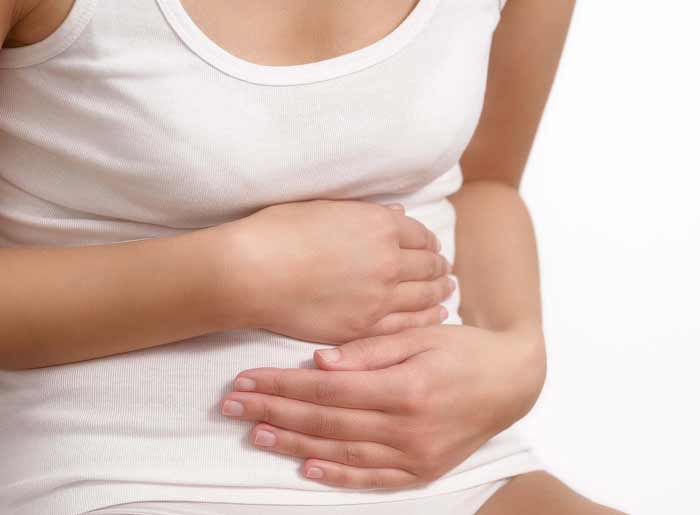
Some people having giardia infection never develop symptoms but still carry the parasite and may spread it through stool. For people who become sick, these signs and symptoms commonly appear 1-3 weeks after exposure to infection:
- Nausea
- Fatigue or malaise
- Gas or flatulence
- Abdominal cramps and bloating
- Weight loss
- Watery, sometimes foul-smelling diarrhea that may alternate with soft, greasy stools
These symptoms may last 2-6 weeks but in some people, they can last even longer or recur. Consult a doctor if these symptoms last for over a week or you get dehydrated. Make sure you tell the doctor about any potential risks such traveling to an endemic region or drinking water from lake or stream.
The common complications of giardiasis include weight loss, dehydration and lactose intolerance. The children below age of 5 can be at risk of malnutrition, hampering their physical and mental growth.
Diagnosis
You might need to submit one or more stool samples for tests to check if it has Giardia parasites. The stool samples may also be required at the time of treatment. Your doctor may also carry out enteroscopy procedure in which a flexible tube is run down your throat and intestine. This helps the doctor in examination of digestive tract and taking a tissue sample.
Treatment
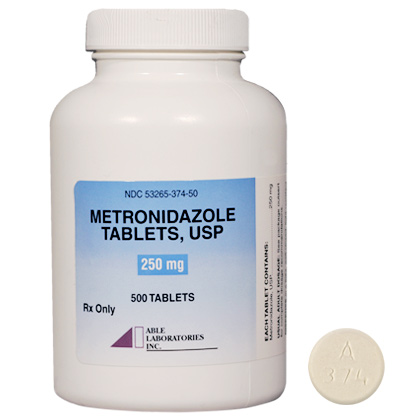
In most of the cases, giardiasis eventually go away on their own. The doctor might prescribe medication if the infection is severe or lasts longer. Most of the doctors ask you to get treatment using antiparasitic drugs instead of letting them go away on their own.
Some antibiotics that are commonly used for treating giardiasis include:
-
Nitazoxanide is a popular medication for children as it is available in liquid form and only needs to be taken for 3 days.
-
Tinidazole is a really effective medicine and often treats giardiasis in just one dose.
-
Metronidazole is an antibiotic that requires to be taken for 5-7 days. It can result in nausea and leave a metallic taste in mouth.
-
Paromomycin has a lower risk of causing birth defects than other antibiotics. But still, the pregnant women should wait until delivery occurs before taking any medication for giardiasis. This medication needs to be taken in 3 doses over a course of 5-10 days.
Many drugs are usually effective against giardia parasites but not everyone responds to them.
Prevention

There’s no drug or vaccine for preventing giardiasis. But taking some precautions can reduce the chances of being infected or spreading it to others.
-
Washing hands is the simplest and best way of preventing most of the infections. You must wash your hands after using the toilet or changing child’s diapers and before eating or preparing food. When soap and water are not there, the alcohol-based sanitizers serve as a great alternative.
-
Purifying the wilderness water and avoiding untreated drinking water from shallow water sources can prevent the disease. Filter or boil the water for at least 10 minutes.
-
Keeping the mouth closed while swimming in pools, lakes or streams can prevent polluted water from entering your body.
-
Using bottled water while traveling to different parts of the world where the water supply is likely to be unsafe is recommended. You should drink and brush your teeth with bottled water that you open yourself. Avoid using ice and raw fruits and vegetables even the self-peeled ones.
Image Source:
1. instructables
2. noskhe
3. durablehealth
4. drugster
5. thenaturalpenguin
